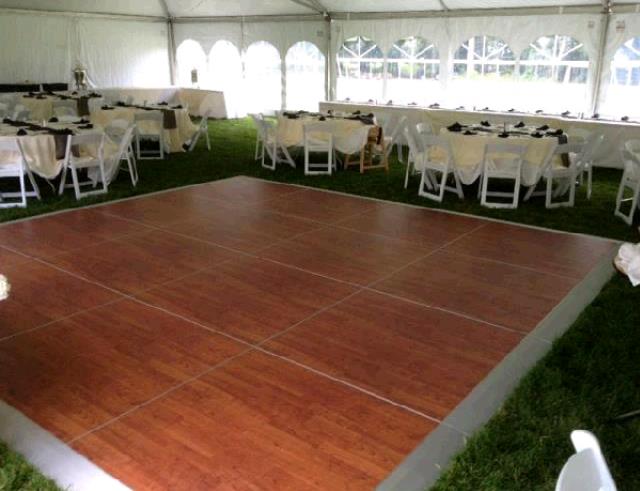Essential Strategies to Maximize the Durability of Your Dance Flooring
Wiki Article
In order to preserve a dancing floor's durability, it is crucial to understand the materials and composition that contribute to its strength. Dance floors are typically crafted from wood, synthetic, or specialized foam substances. Each type has its own advantages and disadvantages. Wood floors deliver superior resilience and impact resistance, making them ideal for various dance disciplines. Vinyl surfaces are often easier to clean and can be engineered with slip-resistant textures, which is vital for safety. Custom foam floors provide cushioning, which can assist reduce accidents. Choosing the right option based on the intended purpose of the performance surface significantly affects its longevity.
Routine upkeep is vital for prolonging the life of a dance floor. This includes sanitizing and restoring the surface as needed. For wooden surfaces, it is important to brush or vacuum consistently to eliminate dust and grime that can scratch the finish. Furthermore, using a protective coating or finish every few cycles helps protecting against moisture and wear. Synthetic floors should be mopped with appropriate cleaners that do not harm the flooring. Keeping a regular cleaning schedule will not only maintain the look of the floor but also guarantee a safe dancing environment.

Climate and moisture control play a significant role in maintaining a performance surface's quality. Ideal settings for wooden surfaces are typically a temperature of sixty to eighty degrees °F and a humidity range of 40-60%. Excessive humidity can cause timber to warp or form mold, while overly dry environments can lead to splitting. In spaces where moisture levels vary, it may be beneficial to utilize a moisture regulator or dehumidifier. For vinyl or cushioned floors, ensuring adequate ventilation can assist in reduce humidity buildup that might compromise their integrity.
Correct usage is another critical strategy for extending the life of a performance surface. It is important to set guidelines for events that take place on the surface. For example, stiletto shoes or sharp items should be prevented as they can create permanent harm. Keeping fixtures away from performance areas also avoids scratches and dents from occurring. If the venue hosts various activities, placing click this protective covers during non-dance uses can further protect the surface from deterioration.
Finally, regular professional evaluations are an effective method to ensure continuous maintenance of a dance surface. Engaging specialists who specialize in dance surfaces can provide useful guidance into potential issues before they turn into major problems. These experts can offer advice on restorations or refinishing solutions that might extend the lifespan of the surface substantially. By investing in routine evaluations and adjustments, owners can maintain that their dance floor stays safe, attractive, and practical for years to Full Report come.